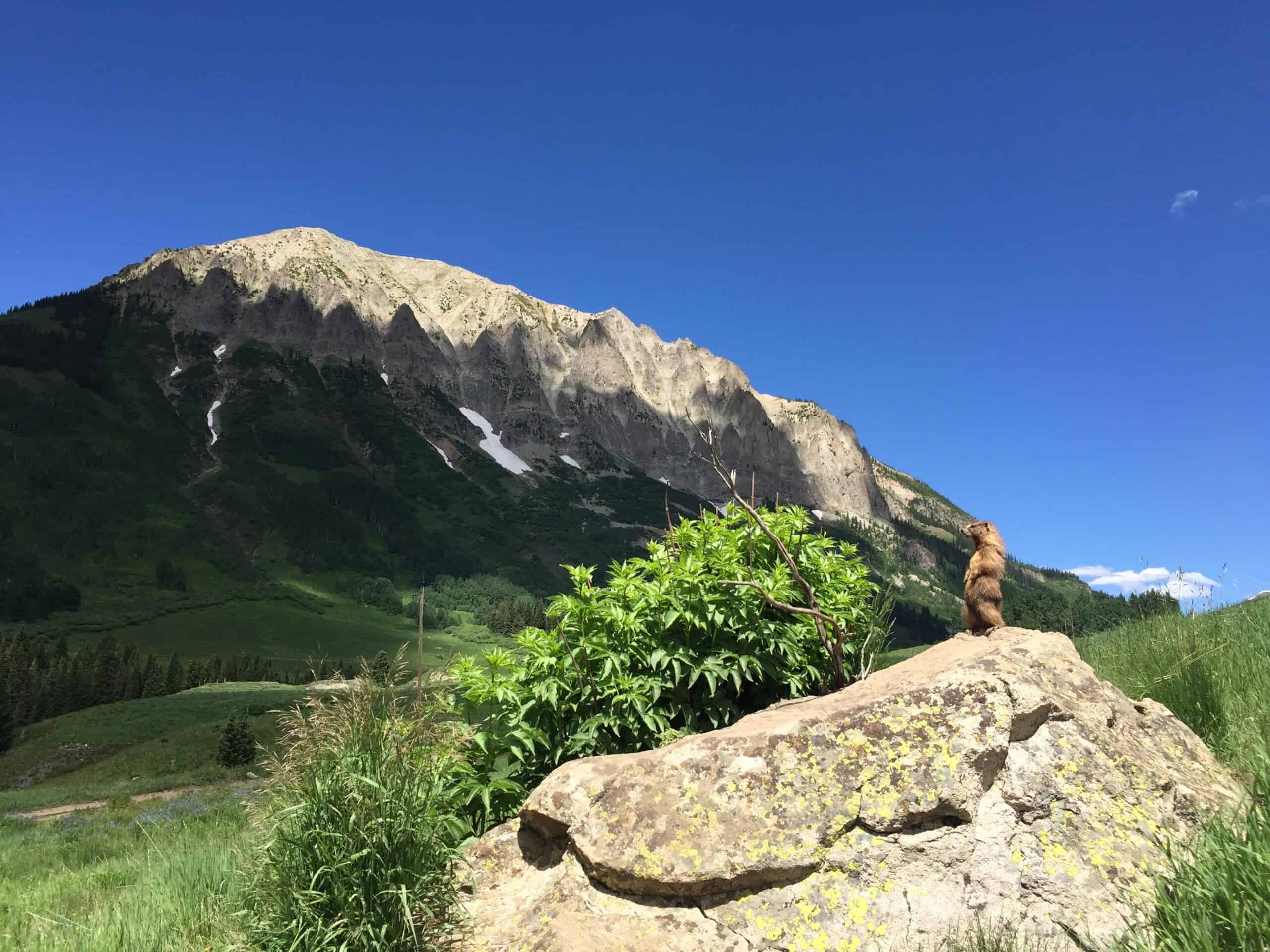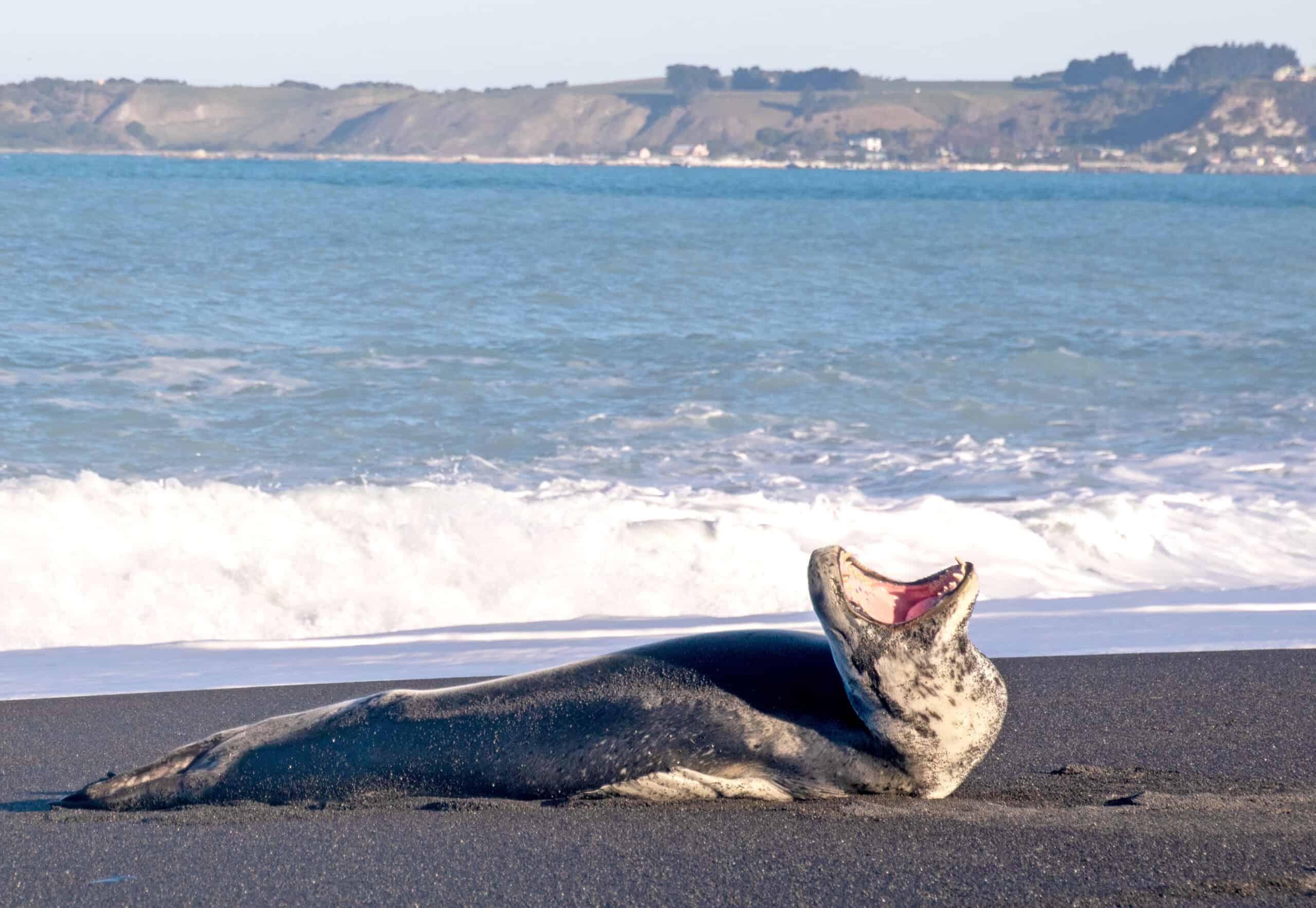Share this article
Wildlife Featured in this article
- Belding's ground squirrel
- golden-mantled ground squirrel
- yellow-berried marmot
For high-elevation squirrels, climate alone won’t decide their future
A variety of conditions affect how species might respond to environmental change due to differences in their ecological niches
It is often thought that species will shift their geographic ranges poleward and upward in elevation with a warming climate, but that might not always be the case. Researchers wanted to get a better idea of how high-elevation squirrels in the Sierra Nevada might be affected by a changing world. They wanted to paint a picture of the ecological niches these species occupy—niches defined not just by climate but by vegetation, topography and other factors.
They found that although different species may share the same landscapes and have similar life histories, they carve out different niches, and that could mean very different impacts from climate change.
The researchers looked at the niches of three species—Belding’s ground squirrels (Urocitellus beldingi), golden-mantled ground squirrels (Callospermophilus lateralis) and yellow-bellied marmots (Marmota flaviventer), the last of which is among the largest in the squirrel family. These high-elevation mammals don’t have room to go much higher, and they face barriers in dispersing northward to cooler latitudes.
“What might happen to these species?” said Aviva Rossi, faculty at the University of San Francisco and Research Director at the Gulch Environmental Foundation.
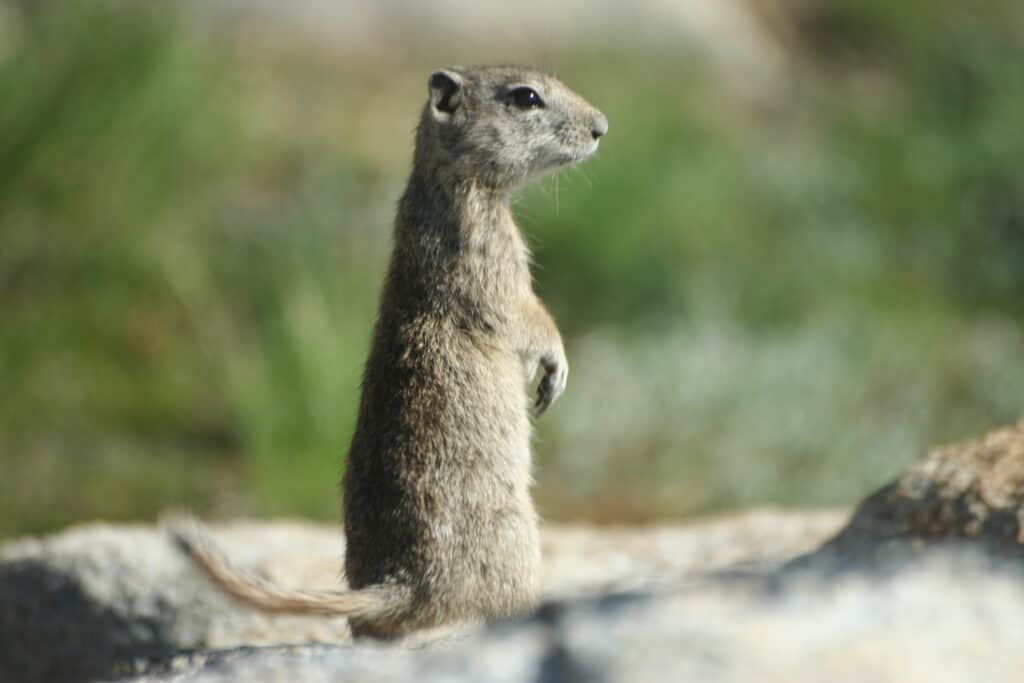
A graduate student at UC Davis at the time, Rossi led a study published in Ecology and Evolution comparing the various conditions that make up the ecological niches of these three species. She and her colleagues collaborated with the U.S. Geological Survey, which had five years of data on their distributions.
The biologists sought out the species by walking 10-kilometer transects along high-altitude ridgelines looking for them and listening for their alarm calls. The data provided Rossi and her team with nearly 6,000 observations of the three species—fairly evenly distributed between them—and allowed them to drill down on the niche conditions where they appeared.
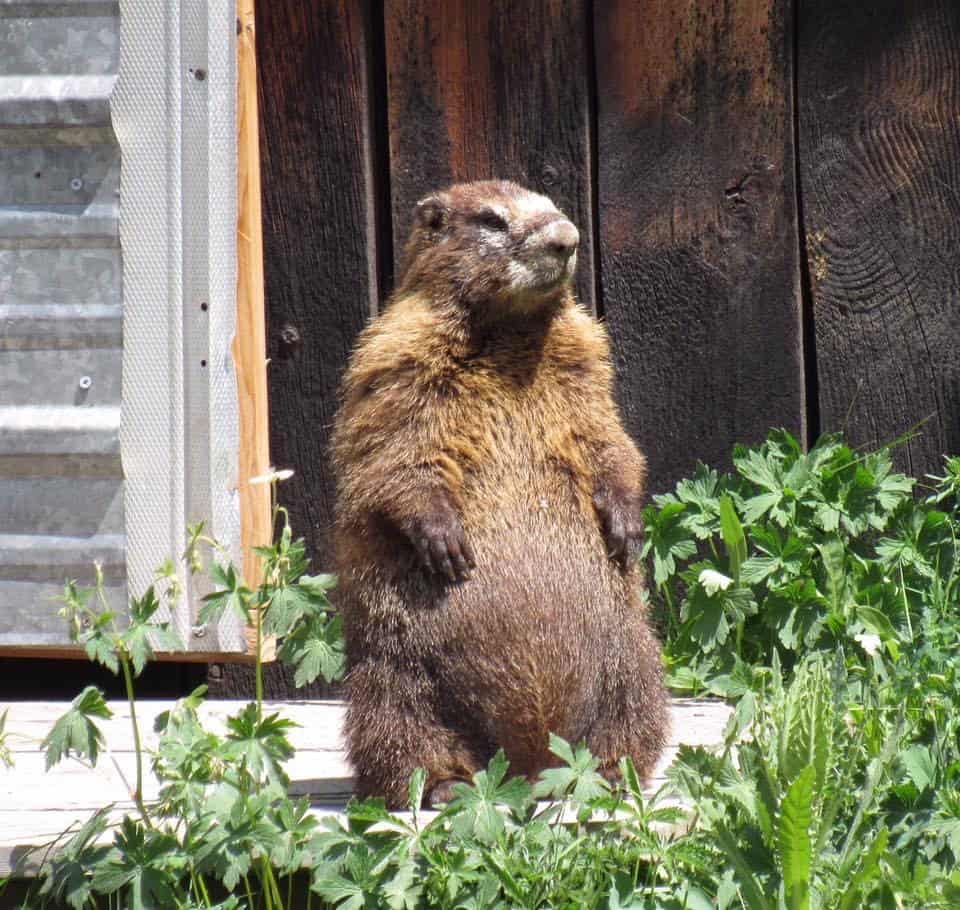
While climate was one important factor, the researchers found that land cover and topography were often more important in defining the individual niches.
“One of the most important drivers of niche space for two of the species was the presence of meadows,” Rossi said. For example, grassland meadows were important for both yellow-bellied marmots and Belding’s ground squirrels. But while marmots did better in drier conditions, Belding’s ground squirrels preferred areas with more precipitation. Golden-mantled squirrels, on the other hand, preferred forested areas and more snow-free days. Belding’s ground squirrels liked snow on the ground longer.
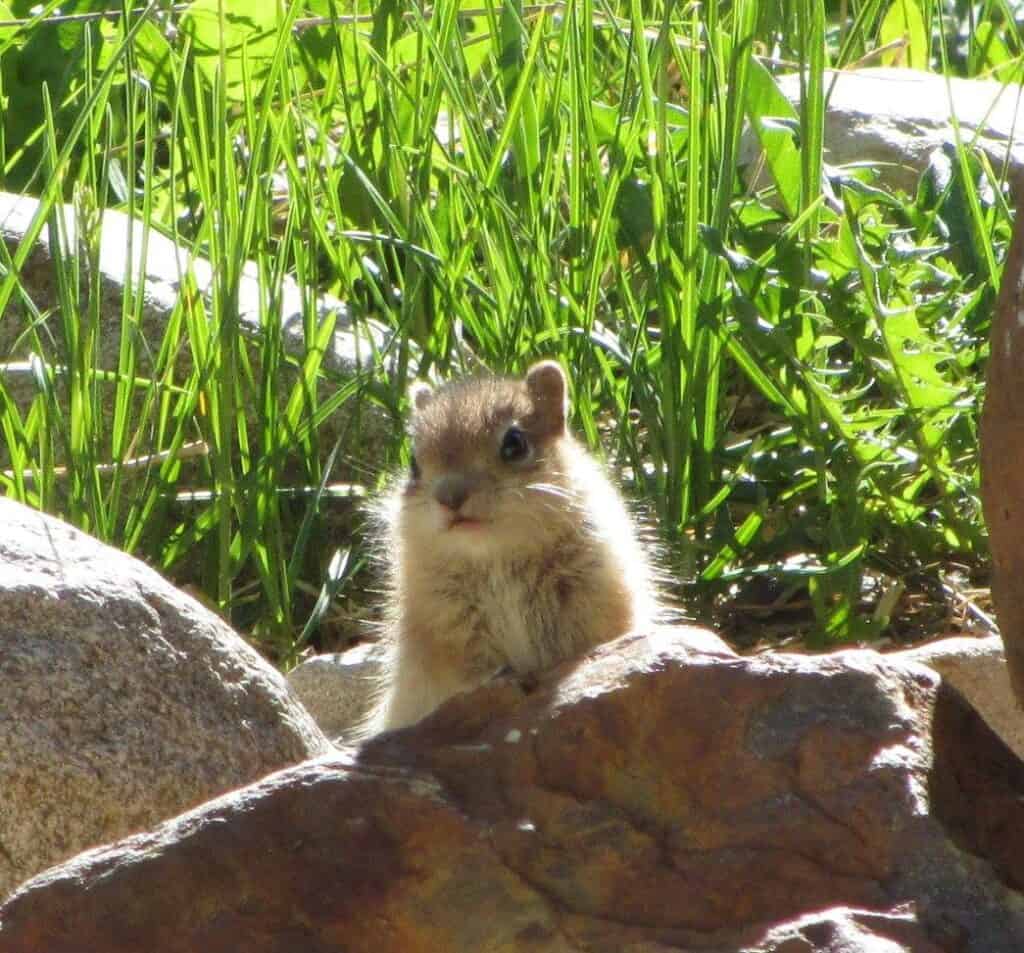
The team also found that slope and topographic roughness were the most important niche factors driving niche breadth in these regions—factors that will stay the same regardless of changes in climate. The findings point to a complicated picture of how high-altitude species will react as the planet warms, Rossi said. While some species may be able to head uphill for better climate conditions, species that rely on specific topographic features may be out of luck.
That could be especially difficult for specialists. The researchers found that species with a narrower niche have a narrower distribution. The Belding’s squirrel, in particular, has a very narrow niche. It could suffer if rainfall decreases, but other species may be less affected.
When it comes to the effects of climate change on wildlife, Rossi said, “we often talk about winners or losers as if it’s all or nothing. In reality, it is more complicated, and the responses will be on a spectrum.”
Header Image: A yellow-bellied marmot. Credit: Aviva Rossi/UC Davis



